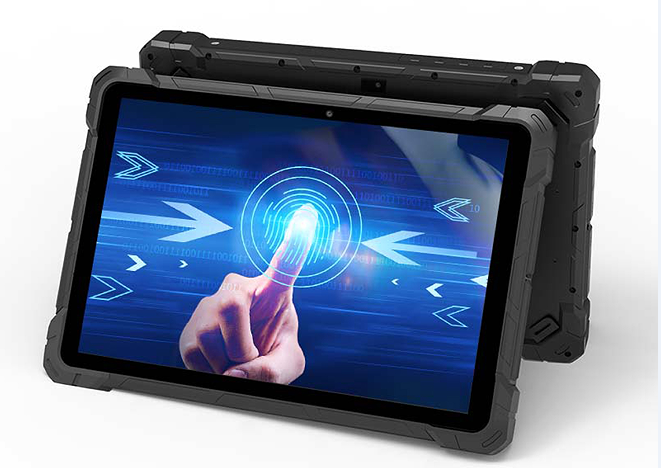DDR, LPDDR of Industrial Panel PC
The full name of DDR is Double Data Rate double-rate synchronous dynamic random access memory. Strictly speaking, DDR should be called DDR SDRAM. Although the American Solid State Technology Association announced the official release of the DDR5 standard in 2018, the final specification will not be completed until 2020. The goal is to double the memory bandwidth based on DDR4, starting at 3200MT/s and reaching a maximum of 6400MT/s. s, the voltage is reduced from 1.2V to 1.1V, and the power consumption is reduced by 30%.
LPDDR is a prefix of LP (Low Power) on the basis of DDR, the full name is Low Power Double Data Rate SDRAM, referred to as "low power memory" is a type of DDR, known for its low power consumption and small size. At present, the latest standard LPDDR5 is known as the standard in the 5G era, but the current mainstream in the market is still LPDDR3/4X.

What is the difference between DDR and LPDDR?
The fields of application are different. DDR is widely used in various smart products such as tablet computers, set-top boxes, automotive electronics, and digital TVs due to its higher data rate, lower energy consumption, and higher density. With the increase of lessons and entertainment, the demand for tablet computers and smart boxes has gradually increased, which requires higher and more stable storage performance of DDR3 and DDR4.
LPDDR has lower power consumption and smaller size than the same generation DDR memory, and this type of chip is mainly used in low-power devices such as mobile electronic products.
The relationship between LPDDR and DDR is very close. To put it simply, LPDDR evolved on the basis of DDR, LPDDR2 evolved on the basis of DDR2, and LPDDR3 evolved on the basis of DDR3. And so on. But starting from the fourth generation, there is a difference or different development between the two, mainly because DDR memory mainly improves performance by increasing the core frequency, while LPDDR improves the performance by increasing the number of Prefetch pre-reading bits. Improve user experience. At the same time, in terms of commercial use, LPDDR4 landed in the consumer market for the first time before DDR4.
Taking DDR4 and LPDDR4, which are currently the most widely used, for example, LPDDR4 is a 32-bit bus composed of two 16-bit channels, while DDR4 has a native 64-bit channel. LPDDR4's Prefetch prefetch bit is 16 bits, while DDR4 is 8 Therefore, in the actual operation process, the performance utilization of DDR4 will be higher, but LPDDR can use the power consumption of cultivated land to obtain higher theoretical performance.
Therefore, there is no such statement that the technology of LPDDR5 is more advanced than DDR5, and the performance is higher, and in terms of performance, the performance of DDR is always higher than that of the same generation of LPDDR memory.
Desktop-level DDR memory is slower than mobile terminals in terms of technology upgrade. LPDDR memory accounts for a relatively high proportion of power consumption in portable devices, and it also shoulders the heavy responsibility of video memory. The iteration of technology has a great impact on mobile phone performance and power consumption. It has a huge impact, so compared to DDR memory, LPDDR memory is more easily perceived by users.
Compared with mobile phones, computers are not so demanding on power consumption and are not so sensitive, so many thin and light notebooks still use LPDDR3 memory, even the latest Intel processors only support LPDDR4X memory, DDR5 is the norm. The formulation will be completed this year, and even if the standards are completed, this year will not see many computers equipped with DDR5 memory. LPDDR5 is the standard configuration for most flagship models this year. Compared with DDR5, LPDDR5 will be seen on many mobile phones.
In terms of performance, LPDDR and DDR have their own advantages and disadvantages. For example, LPDDR5 is currently ahead of DDR4 in theoretical performance in terms of data transfer rate, but this does not mean that LPDDR5 is necessarily stronger than DDR4.
The progress of electronic products must be summed up in smaller size, stronger performance and lower power consumption. Of course, memory is no exception. Whether it is LPDDR memory or DDR memory, it may one day be able to achieve higher performance through extremely low power consumption.